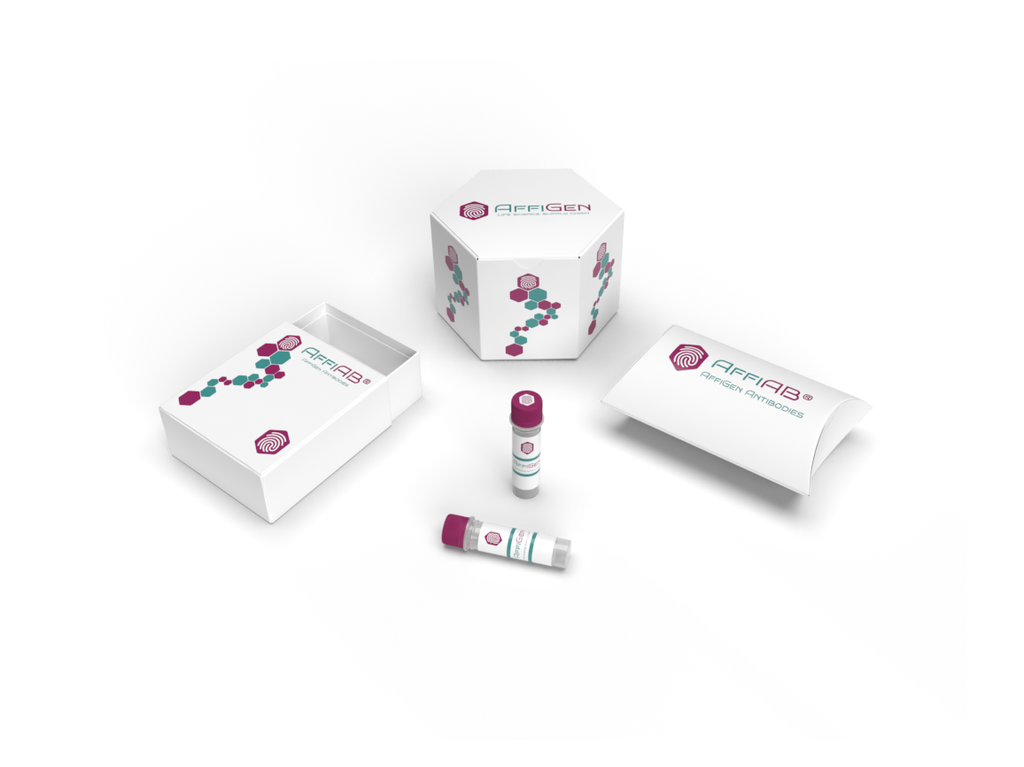AffiAB® Anti-NQO1 Antibody
NQO1, a 274 amino acid protein, is ubiquitously expressed, but the expression level varies among tissues. NQO1 gene expression is coordinately induced in response to xenobiotics, antioxidants, heavy metals and radiation. The antioxidant response element (ARE) in the NQO1 gene promoter is essential for expression and coordinated induction of NQO1. ARE activation by tert-butylhydroquinone is dependent on PI3-kinase, which lies upstream of Nrf2. Nrf2, c-Jun, Nrf1, Jun-B and Jun-D bind to the ARE and regulate expression and induction of NQO1 gene. Maf-Maf homodimers and possibly Maf-Nrf2 heterodimers play a role in negative regulation of ARE-mediated transcription, but Maf-Nrf1 heterodimers fail to bind with the NQO1 gene ARE and do not repress NQO1 transcription.
Antibody type
Rabbit polyclonal Antibody
Uniprot ID
SwissProt: P15559 Human; SwissProt: Q64669 Mouse; SwissProt: P05982 Rat
Recombinant
NO
Conjugation
Non-conjugated
Host
Rabbit
Isotype
IgG
Clone
N/A
KO/KD
N/A
Species reactivity
Human, Mouse, Rat
Tested applications
WB, IHC-P, FC
Predicted species reactivity
N/A
Immunogen
Recombinant protein within human NQO1 aa 1-270.
Storage
Store at +4°C after thawing. Aliquot store at -20°C. Avoid repeated freeze / thaw cycles.
Form
Liquid
Storage buffer
1*PBS (pH7.4) , 0.2% BSA, 50% Glycerol. Preservative: 0.05% Sodium Azide.
Concentration
1 mg/mL.
Purity
Immunogen affinity purified.
Signal pathway
N/A
Recommended dilutions
WB: 1:500-1:1, 000
; IHC-P: 1:50-1:200
; FC: 1:50-1:100
Molecular Weight
Predicted band size: 31 kDa
Subcellular location
Cytoplasm.
Positive control
Siha cell lysate, A549 cell lysate, rat kidney tissue, mouse colon tissue.
